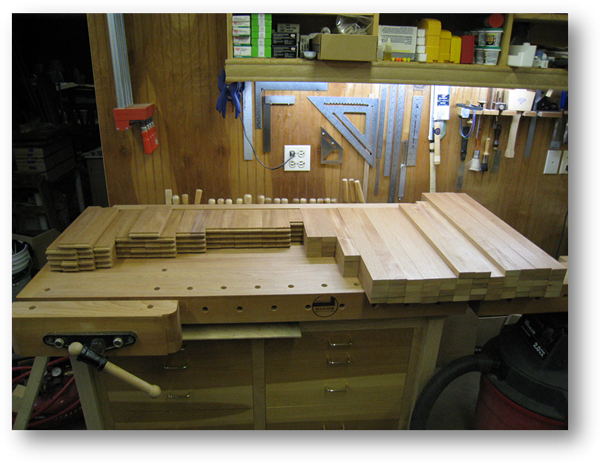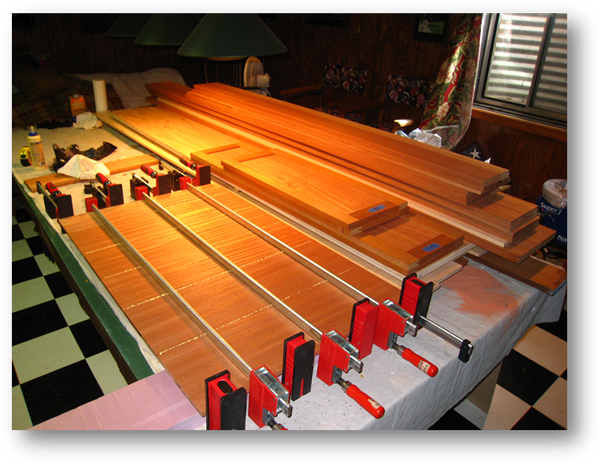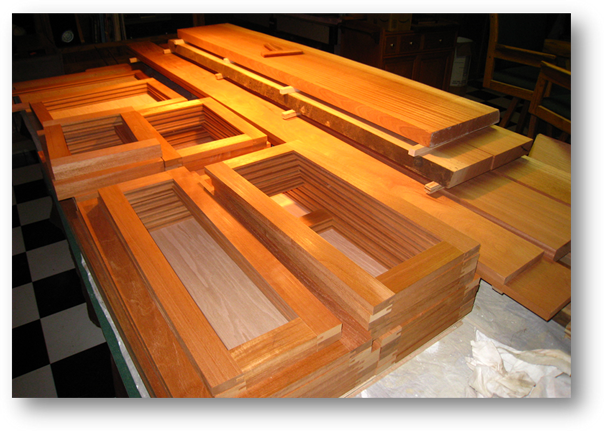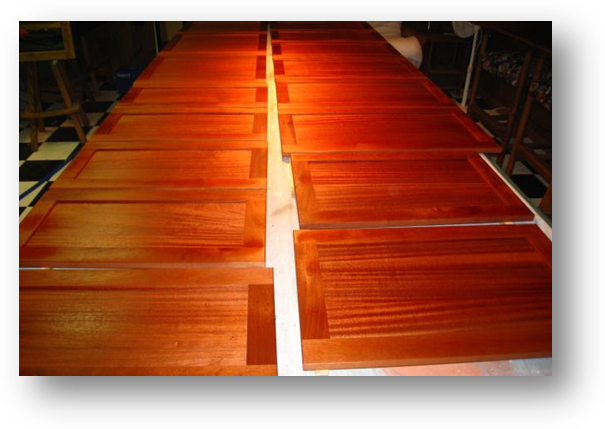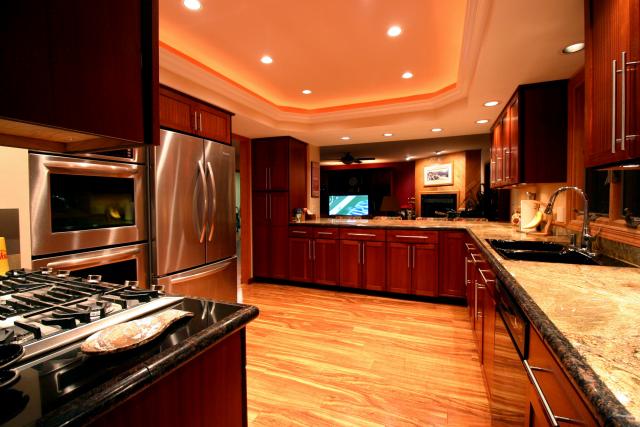Hello,
I'm a relatively new woodworker though I have recently built a set of wall cabinets for my kitchen that came out quite nice. I'm into a more complex project now, the kitchen island. The wall cabinets were more simple in that I used pre milled wood and it was painted rather than stained.
I now have a hundred plus board feet of 1" S4S lumber in my shop ranging from 8-10" in width and 96+" long. With that I have over 90 pieces to make, those being 2" stiles and rails. Then there are the drawer fronts, the doors and the end panels to make. I'm wasting a lot of time bouncing around the shop.
Where do you start? What is an efficient work flow for one guy?
Let's talk about the rails and stiles first if that makes sense?
I have straight lined about half of my boards and then ripped the other side to yield clean parallel edges on the two long sides. My thoughts are that the following steps are:
Plane the boards down to a 1/16 of the finished dimension of 3/4".
Cross cut the boards to proper lengths.
Rip the boards to proper with, all of which are 2" wide.
Cut dado's, tenons etc.
Dry assemble and sand them.
Pull apart, stain and varnish one coat.
Assemble and varnish additional coat(s).
As for the panels:
Just as 2" stock straight line and rip the opposite edge.
Cut to length + extra 3" on each end.
Joint edges
Glue up panels then plane to 1/16 over finished thickness.
Add detail to panels on router and sand.
Test fit rail and stiles. Stain, varnish assemble, add final coats.
Thoughts?




 Reply With Quote
Reply With Quote


